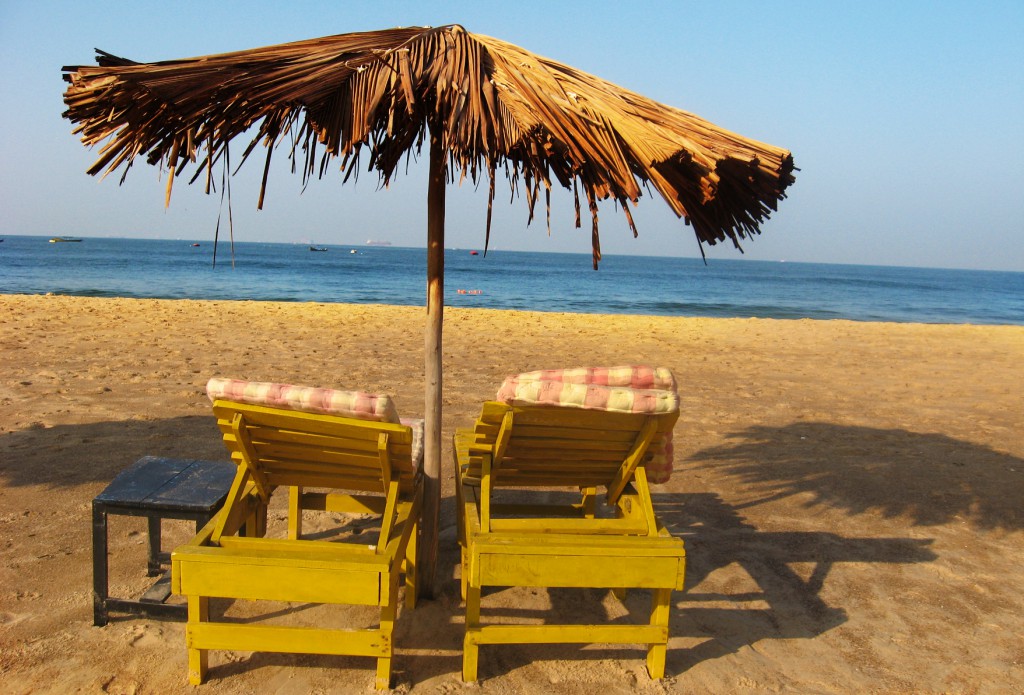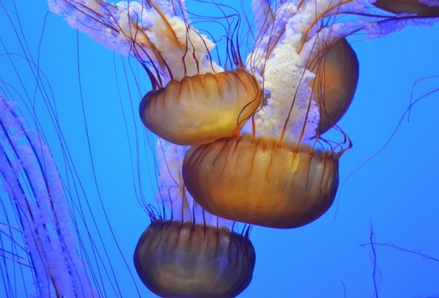Reliable travel health information is becoming easier to find online, but it’s not uncommon to see inaccurate information on forums, blogs, and other sources travellers rely on for trip planning advice. In this edition of True or false? we’re debunking 5 myths about water filters, tanning, mosquito bite prevention, tick removal, and jellyfish stings.
Myth #1: “When I use a water filter, my water will always be safe to drink.”
Water filters remove large contaminants like dirt, bacteria, and protozoan cysts, but viruses can be small enough to pass through the pores of a filter into your drinking water. (It’s especially important to remove or inactivate viruses like Hepatitis A in populated areas where sanitation is poor or inconsistent.)
If you are buying a water filter, choose a high-quality filter and check the packaging to ensure that it is rated to remove viruses. You can also use a second water disinfection method after the water has been filtered. Chlorine and UV light both work well to inactivate viruses in clear water.
When in doubt, boil your water – it’s the most reliable way to treat drinking water.
Learn more in our water disinfection series:
- Drinking Water 101: What’s in the water?
- Drinking Water 102: Choosing the right method for your trip
Myth #2: “A tan is natural sun protection, so it’s a good way to avoid getting a sunburn.”

Fact: There is no such thing as a healthy tan, even if you don’t get a sunburn. Tanned skin is damaged skin.
Quick tips on sun protection:
- Stay in the shade, especially between 10am-4pm when the sun is at its strongest.
- If it’s not too hot, wear lightweight, long-sleeved clothing to protect your skin.
- Sunglasses and a hat with a wide brim will protect your face and eyes.
- Use sunscreen and re-apply regularly, especially if you’ve been swimming or sweating.
- Be extra careful about sun protection for children. Kids should wear sunscreen, hats, and sunglasses when playing outside. Infants should be kept in the shade. Check out Dr. Karl Neumann’s tips on protecting infants and young children.
Learn more in our blog on sun protection.
Myth #3: “Dryer sheets are a mosquito repellent.”
Unfortunately, there are a lot of myths out there about preventing mosquito bites. There is no evidence that rubbing dryer sheets on your skin or clothes protects you from mosquitoes. Choose a proven insect-bite prevention method:
- Wear light-coloured, loose-fitting, long clothing (cotton and linen) as much as possible.
- Use insect repellent that contains 20-30% DEET or 20% Picaridin on exposed skin.
- Sleep or rest under an insecticide-treated bed net.
- Check that door and window screens are intact and tightly fitted to prevent insects from coming indoors.
- Don’t use scented soaps, shampoos, deodorants, perfumes or after-shaves.
Myth #4: “You can remove a tick by burning it.”
This is false (and dangerous)!
If you have been bitten by a tick, do not try to remove it by burning it, freezing it, or coating it with an oily substance or solvent (no petroleum jelly, paint thinner, nail polish, vegetable oil, or anything else!). This can cause the tick to burrow deeper into your skin, making it harder to remove.
The best way to remove a tick is by grabbing its head and mouth parts with tweezers and pulling perpendicular from your skin. Entomologist Kateryn Rochon demonstrates how to remove a tick in this video.
For more tips, see our Insect Bite Prevention page and article on how to prevent tick bites in Verge Magazine.
Myth #5: “Urinating on a jellyfish sting relieves the pain.”

We’re not sure where this myth began. Luckily, most people know that urinating on a sting isn’t helpful. Rubbing the sting with sand, urinating on it, or rinsing it with fresh water activates the jellyfish’s nematocysts (barbed and coiled threads containing toxins) that are stuck in the skin, which causes more pain.
If you are stung by a jellyfish, carefully remove any tentacles and scrape the skin with a credit card, tweezers, or razor to remove the nematocysts. Rinse the sting with salt water followed by vinegar.
To learn more about first aid for jellyfish stings and other injuries from marine animals, read Stings and bites: Preventing marine injuries.
Feature image by Chanaka Madushan Sugathadasa, Pexels.
Article by Daphne Hendsbee.
Like what you see?
Learn more about mosquito bite prevention, Dengue, insurance, Malaria, and Traveller’s Diarrhea in our previous article: True or false? Common travel health myths.



